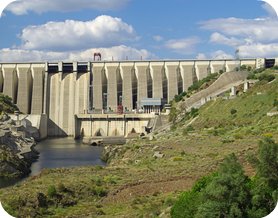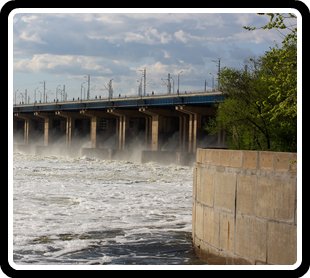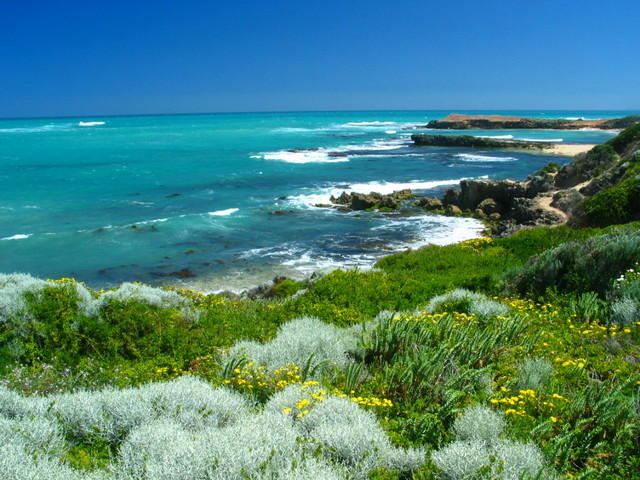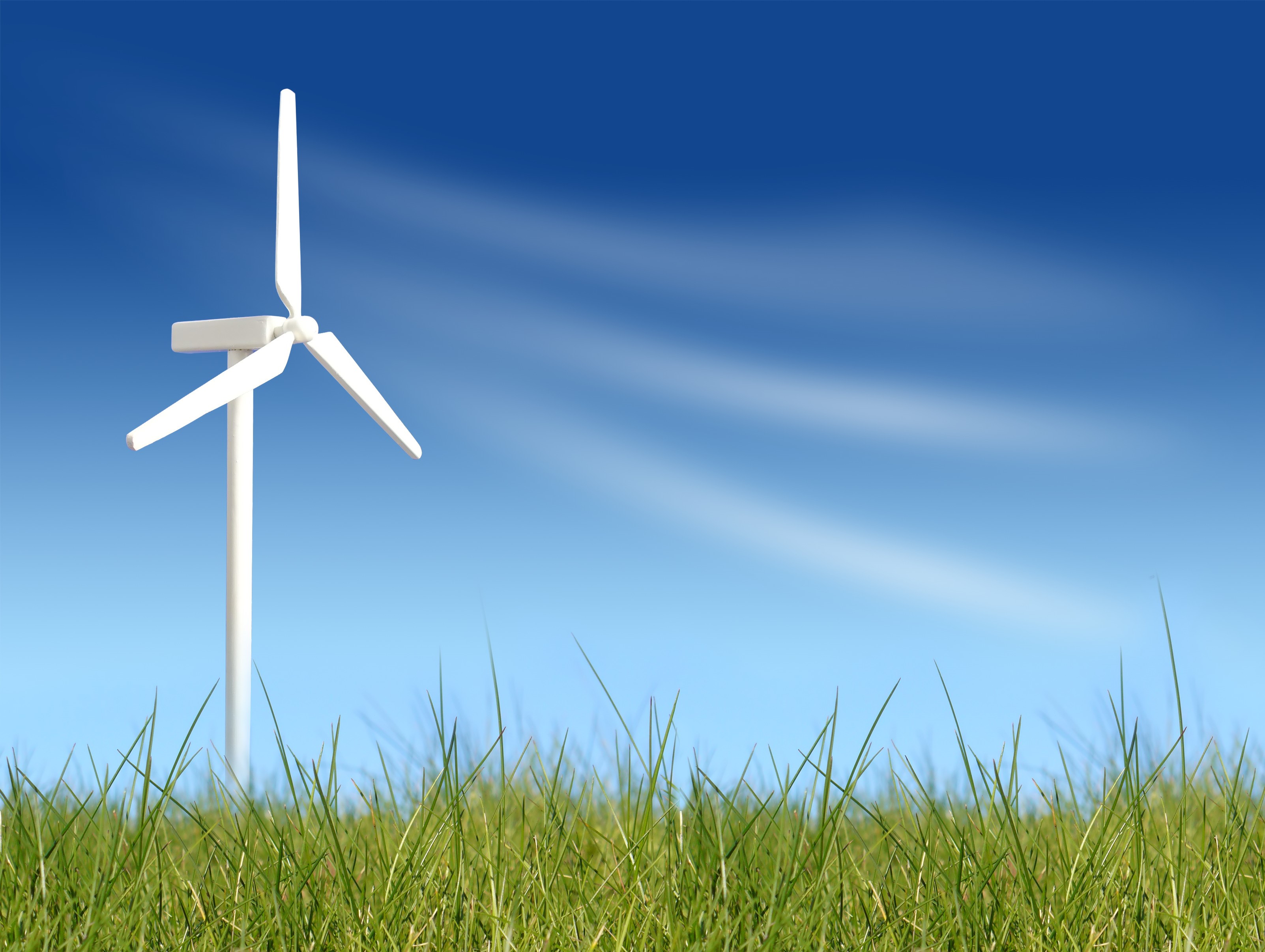Hydro-Power: Competitive, Flexible, A Renewable Energy
Hydro-Power being one of the oldest power sources on earth, used flowing water to spin wheels or turbines. In olden days farmers would use water wheels for grinding grain, watermills for irrigation, sawmills and many more useful tasks. This is a power which for more than a hundred years has been a flexible, emission friendly, and a low-cost important source of alternative energy.
Now in the 20th Century, Hydro-Power is best known for generating electricity by moving water which turns a turbine and spins a generator, producing electrical power.
Produced in 150 countries and being relatively low-cost it is the most widely used form of renewable energy accounting for 16 percent of global electricity generation, and it is expected in the next twenty five years to increase to about 31% each year. The Two basic types of Hydro are: Large-Scale and Small-Scale.
Hydro-Power

Large-Scale
When thinking of Large-Scale Hydro, one sees them as the largest hydroelectric producing facilities in the world. Most of these power plants, use water impounded behind a dam that uses the gravitational force of falling water to create pressure which rotates turbines and creates power with a capacity of over a few hundred megawatts to more than 10( GW).
Small-Scale
A generating capacity of up to 10 megawatts(MW) can be accepted as the upper limit of a Small-Scale Hydro. It can serve a small community or industrial plant, and it can provide power in remote areas where connection to the electrical grid is impossible.
Advantages
In addition to creating clean electricity, some hydro power facilities can quickly go from no power to maximum output, making them ideal for sudden changes in electrical demands. Since they can dispatch power to the Grid immediately, they can provide essential back-up power when there are major electrical disruptions. An example of this is the 2003 blackout that affected the U.S. Northeastern States and Southern Canada.
Disadvantages| Ecosystem Damage
Some concerns are that hydro-projects can be harmful to surrounding aquatic ecosystems. Dams along the Atlantic and Pacific coasts of North America, though having fish ladders installed, are preventing the salmon access to spawning grounds, thus reducing the population, and the salmon spawn having to pass through turbines are being harmed.
Turbines from hydroelectric generation can change the downstream river environment by the use of turbine gates being opened intermittently, which cause daily fluctuation in river flow. Also water leaving the turbine having very little suspended sediment, can lead to the loss of riverbanks due to erosion.
Other concerns are siltation, which can have a negative effect on dams and their power stations. The filling up of a reservoir with sediment can reduce the capacity to control floods, and can cause horizontal pressure on the upstream portion to the dam.
Loss of Land| Methane Emissions
The submersion of extensive areas of land upstream of the dams which is required for large reservoirs, (for the operations of hydro power stations), result in the destruction of biologically rich and productive lowland, riverine valley forests, marshland, and grasslands.
In tropical regions in an anaerobic environment, reservoirs may produce substantial amounts of Methane due to plant material decaying in flooded areas. Greenhouse gas emissions could be higher than from a conventional oil-fired thermal generation plant.
Relocation| Dam Failures

The need to relocate people living where the dams are planned, is another disadvantage of Hydro-Power. It is estimated that millions of people worldwide, due to the direct result of dam constructions have been displaced losing their livelihood, or had their health compromised.
Failures due to poor construction, natural disasters, or sabotage of large conventional dammed-hydro facilities that hold back large volume of water, can be catastrophic to downriver settlements. Some of the largest man-made disasters in history have been dam failures.
Benefits
Though having many concern issues, Hydro-Power is still one of the Nations most available, affordable, and sustainable energy source. It is a complimentary source of energy to intermittent renewable energies such as Wind, and Solar. It not only supplies public electricity networks but also serves specific industrial enterprises, providing substantial amounts of power needed for aluminum electrolytic Plants. One example, the Grand Coulee Dam during World War II, supplied power to fuel growing industries for the Northwest United States.
Canada has a team that is dedicated to the needs of small-scale hydro, with emerging hydropower technologies that will increase energy efficiency to improve cost-effectiveness, and to advance ecological and environmental benefits. Natural Resources Canada objectives are for sustainable development and responsible use of Canada energy resources.
In the U.S., The Energy Department has awarded 6.5 Million to seven organizations for the advancement of the manufacturing and installation of low environmental impact hydro-power technologies. While 7 percent of America's electricity is already supplied by Hydro, which is considered the leading source of renewable energy, there are still significant untapped resources across the Country that could boost our supply of carbon-free energy with new technology projects.
Research and development through the use of fish ladders(that aid fish migration), fish screens, new turbine designs, and reservoir aeration have succeeded in reducing many environmental impacts.
Another benefit is that clean electricity can be produced by both Large-Scale and Small-Scale Hydro-power.
For more see Alternative Energies
Also Large-Scale-Hydro and Small-Scale-Hydro
Questions or Comments?
Please use Contact Form below...


